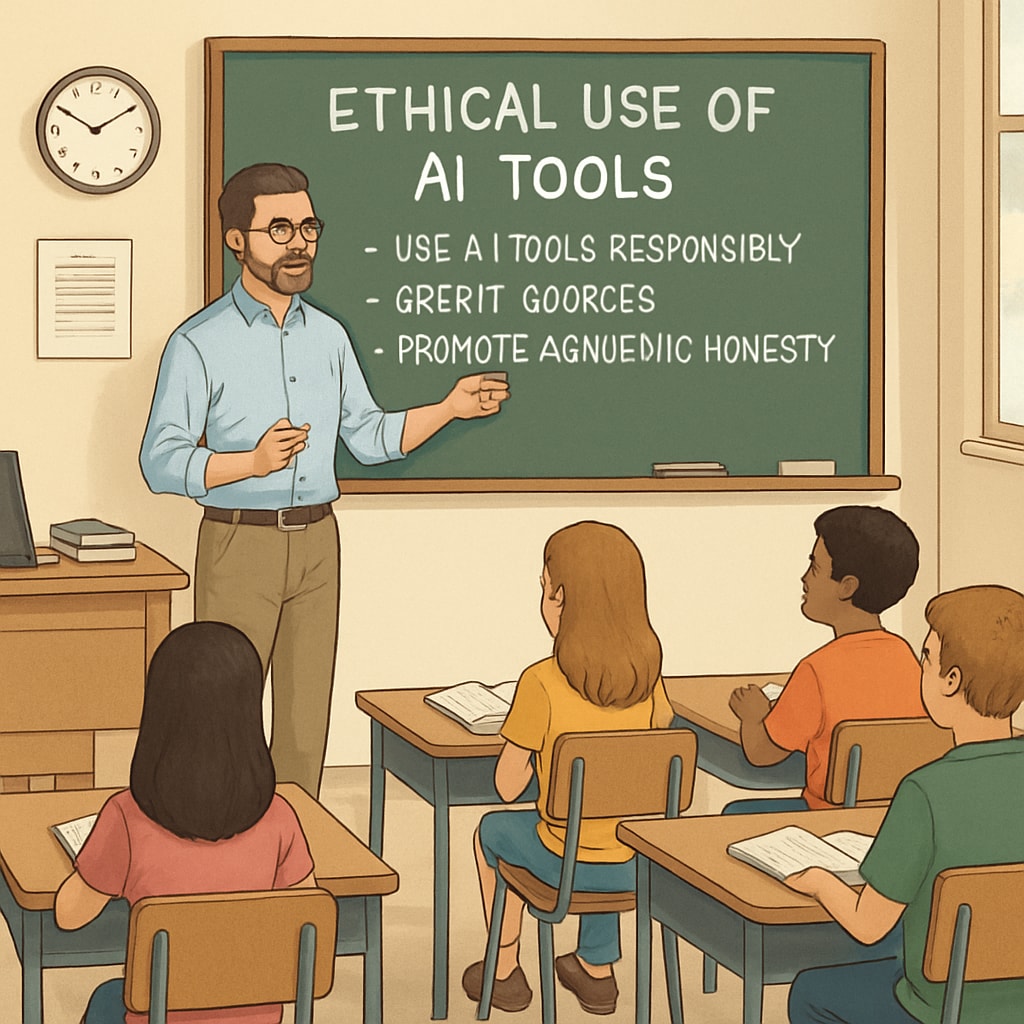The rise of AI tools such as ChatGPT has revolutionized how students approach academic assignments. However, it has also raised significant concerns about academic integrity, detection methods, and the broader educational costs of integrating such technologies. As students increasingly rely on these tools to complete their homework, educators face a pivotal challenge: how can they balance the benefits of technology with the need to maintain honesty and learning quality in education?
Understanding the Impact of AI on Academic Integrity
Artificial intelligence, particularly generative AI tools, has made it easier than ever for students to produce essays, solve problems, and even create code in a matter of seconds. While this offers incredible opportunities for learning and productivity, it also opens the door to misuse. For example, a student might submit AI-generated content as their own work, bypassing the critical thinking and effort required to complete the assignment.
In addition to undermining learning outcomes, this trend puts academic integrity at risk, a foundation upon which education systems are built. If unchecked, such practices could erode the trust and credibility of academic institutions.

The Limitations of Current Detection Methods
To combat the misuse of AI tools, many educators and institutions are turning to detection technologies. Tools such as plagiarism checkers and AI-detection software have become increasingly sophisticated. However, these methods are not foolproof. For instance:
- Many AI-generated texts are unique and do not trigger plagiarism alerts.
- AI detection tools can produce false positives, flagging legitimate student work as AI-generated.
- Detection software often struggles to distinguish between human and AI-written content when the AI is fine-tuned or edited by the student.
As a result, educators must weigh the reliability of these tools against the potential for misjudgments, which could harm student confidence and trust.
Balancing Innovation with Academic Honesty
Rather than viewing AI tools as purely problematic, educators should explore ways to integrate them constructively into learning. Here are some strategies:
- Redesign Assignments: Create assignments that emphasize critical thinking, creativity, and personal reflection—areas where AI tools are less effective.
- Teach Digital Literacy: Educate students on the ethical use of AI, highlighting its potential for collaboration rather than substitution.
- Focus on Process Over Product: Evaluate students based on their learning process, such as drafts and outlines, rather than solely on the final submission.
- Open Discussions: Encourage students to disclose their use of AI tools and discuss the benefits and limitations they experienced.
By fostering a culture of honesty and innovation, educators can help students understand the value of authentic effort and ethical technology use.

Addressing the Educational Costs of AI Integration
Finally, the integration of AI tools comes with its own set of educational costs. These include:
- Training Educators: Teachers and administrators need training to understand AI technologies and their implications fully.
- Investing in Detection Tools: Schools may need to allocate budgets for AI detection software, which can be expensive and imperfect.
- Time Commitment: Redesigning curricula, learning new technologies, and addressing cases of misuse require significant time investments.
Despite these challenges, the long-term benefits of equipping students with the skills to navigate an AI-driven world far outweigh the initial costs. By making strategic investments in training and technology, schools can create an environment that balances innovation with integrity.
In conclusion, the rise of AI tools presents both challenges and opportunities for education. By understanding the limitations of current detection methods, fostering a culture of academic honesty, and addressing the broader educational costs, educators can ensure that technology serves as an ally rather than an obstacle in the pursuit of learning. As we navigate this new era, the key lies in collaboration, adaptability, and a commitment to integrity.
Readability guidance: This article uses short paragraphs, clear subheadings, and lists to improve readability. Transition words like “however,” “therefore,” and “as a result” are used to maintain a logical flow. Passive voice and long sentences are minimized.


